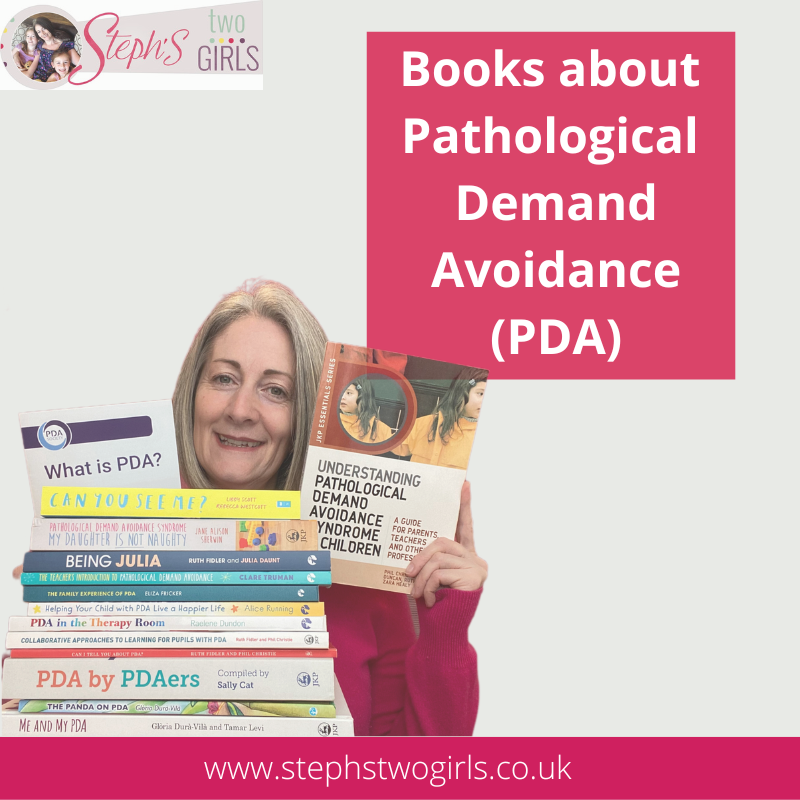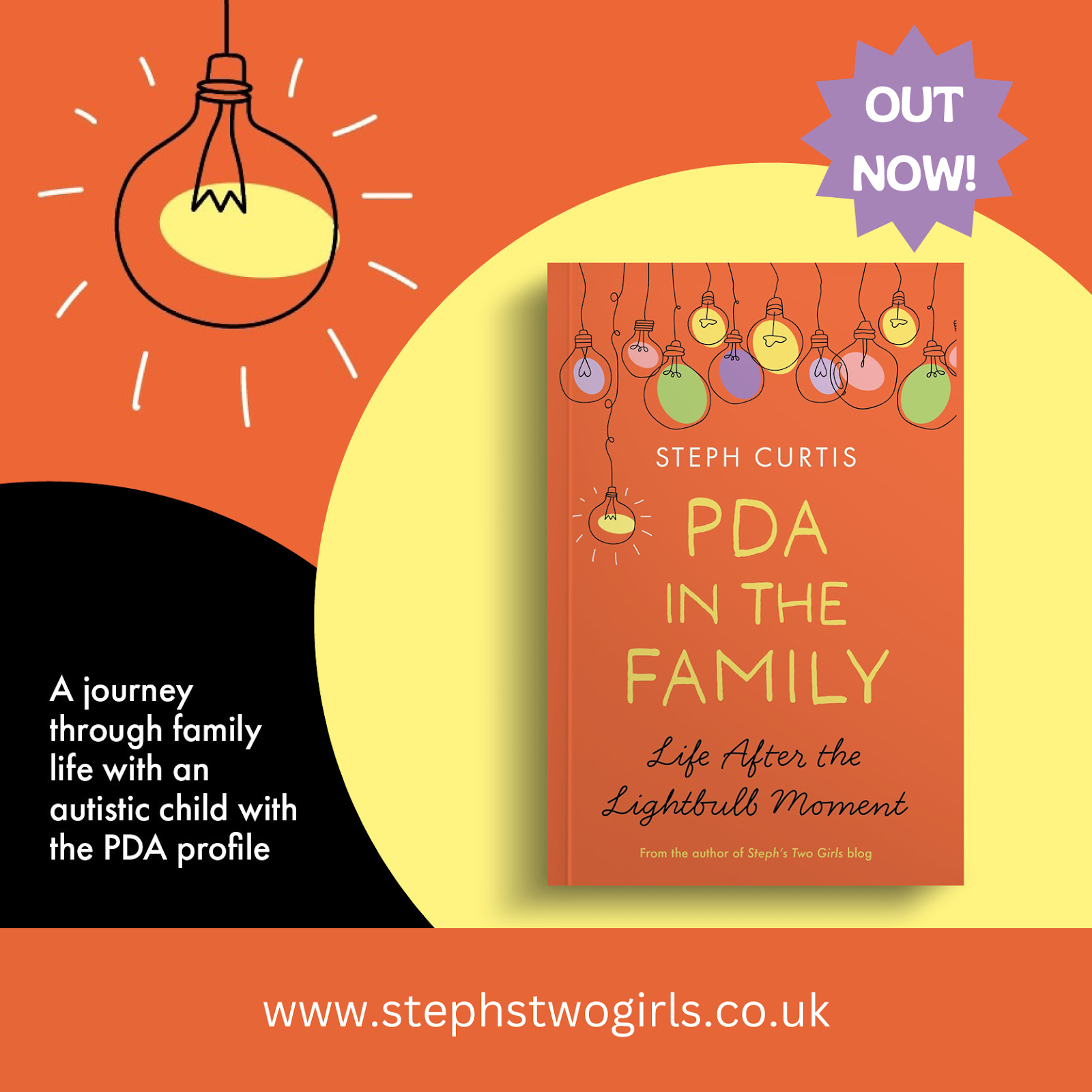Authors Penny Alexander and Becky Goddard-Hill sent me a copy of their book for review. They have already previously published a happiness boosting book for 7-11 year olds, called Create Your Own Happy. This new book, Be Happy Be You, is slightly different in style to suit the older age range, but it keeps the same overall format of being split into three sections - Happy You, Happy Relationships and Happy World.
The book begins with a short paragraph about how the brain undergoes massive structural changes during teenage years, and about how teens can be supersensitive and feel things more deeply, making life feel tough. Important then, to learn skills around being happy, which will go on to affect overall well-being. I think so many teenagers feel pressure in so many different ways that it can be extremely difficult to keep the happy up, and this is a book which looks at a huge variety of options to improve happiness.
There are forty different activities or ideas for teenagers to consider, from mindfulness activities through to practical advice. Some of the areas covered include 'how to be assertive' and 'weed out your worries' through to 'the power of movement' and how to have an 'experience wish list'.
It is not necessary to read the book in the usual page order; in fact using the book like a 'pick 'n' mix is suggested as a good way to make the most of it. It's the kind of book where having a notebook alongside is a great idea, to scribble reminders and ideas and work through worries or hopes and fears as you go. There are several mind-mapping or list making suggestions which will help teens make sense of life and understand how much of it they can control.
We loved the inclusion of the science and thinking behind every activity. There's probably a tendency for most teenagers to feel alone, to feel like they are the only ones experiencing that particular emotion. But when the reason behind the feeling or action is explained by science, it becomes obvious that it's a human reaction, rather than an individual being the cause, and that goes a long way to helping lift the pressure of worry.
I'll be honest, I think there was a lot in this book that adults could learn from too. Even better if you can share the learning with your child and take time (when they're in a good mood!) to delve into it together. Available now from all good boookshops or you can order online from Amazon.
To see what some other bloggers thought of this book, follow the links below:
To find out more about our experiences, please check out our 'About Us' page. If you are looking for more information on Pathological Demand Avoidance, the posts below may help.
What is PDA (Pathological Demand Avoidance)?
Ten things you need to know about Pathological Demand Avoidance
Does my child have Pathological Demand Avoidance?
The difference between PDA and ODD
Strategies for PDA (Pathological Demand Avoidance)
Pathological Demand Avoidance: Strategies for Schools
Challenging Behaviour and PDA
Is Pathological Demand Avoidance real?
Autism with demand avoidance or Pathological Demand Avoidance?
To follow me on other social media channels, you can find me at the following links or click the icons below!























Thankyou SO much for reviewing our book lovely Steph
ReplyDeleteIt was a pleasure, of course!
DeleteSounds like a good read.
ReplyDeleteThere's lots in it, that's for sure!
Delete